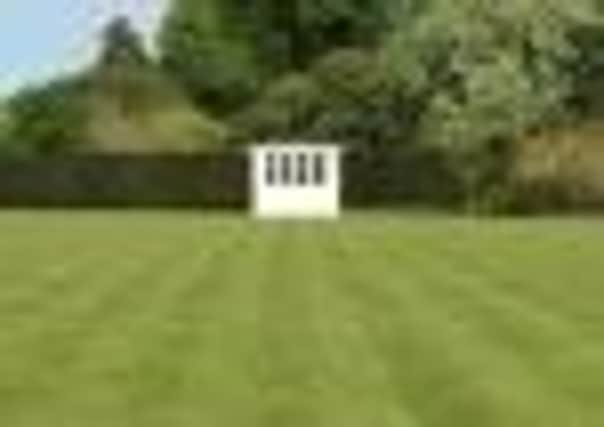Looking after the grassroots


Imagine a sea of green velvet devoid of lumps, bumps, mole hills and moss. Now look at your lawn. In spring, many gardeners consider starting from scratch but remember that the ground needs to be well prepared before you start and that grass, as a rule, is a high-maintenance option.
Don’t think that a bit of weeding, feeding and watering alone is going to assure you of a bowling green finish. If you are time-pressed, you may have to accept and start to enjoy the weeds and moss that will creep into your lawn. But to many, as long as their lawn is green, flat and healthy, that’s all that matters.
Advertisement
Hide AdAdvertisement
Hide AdLawns are frequently the focal point of the garden and make a neat, defining edge to beds and borders. So when lawn edges become overgrown and tatty, it can have an adverse effect on the look of the whole garden.
Now might be a good time to have a walk in your garden and examine the state of your lawn edges. If you have a damaged lawn edge, first cut out a rectangle of turf with a half moon edger, incorporating the affected grass and using a straight edge such as a plank of wood as a guide. Then turn the turf around so that the damaged edge is nearer the middle of the lawn.
The gap created by the jagged edge which is now further into the lawn should be filled with garden soil, sifted to a fine tilth. Then firm and level it to make sure it is flush with the surrounding grass. Sow grass seed on top, water well and cover the hole with clear plastic sheeting until the seeds have germinated, to help retain moisture and keep birds at bay.
Re-seeding worn areas and bare patches should be done towards the end of March or in April if the weather is extremely cold and the ground soggy. A good feed and water will also make an amazing difference to the grass. A fertiliser containing both quick-acting and slow-acting nitrogen is best in spring or summer.
Advertisement
Hide AdAdvertisement
Hide AdMany gardeners will notice big patches of moss, exacerbated by wet weather, poor drainage and lack of light. Improve aeration by regular spiking with a fork. If your grass is in great condition, moss is unlikely to take a foothold. Feed it in spring or early summer and water well before it shows signs of stress from drought.
When the grass is 3in (8cm) high, you can cut it for the first time. But make sure the mower blades are sharp and set them high. Also, take account of the weather. If it’s wet or frosty, delay the first cut. And don’t leave your clippings on the lawn at this time of year.